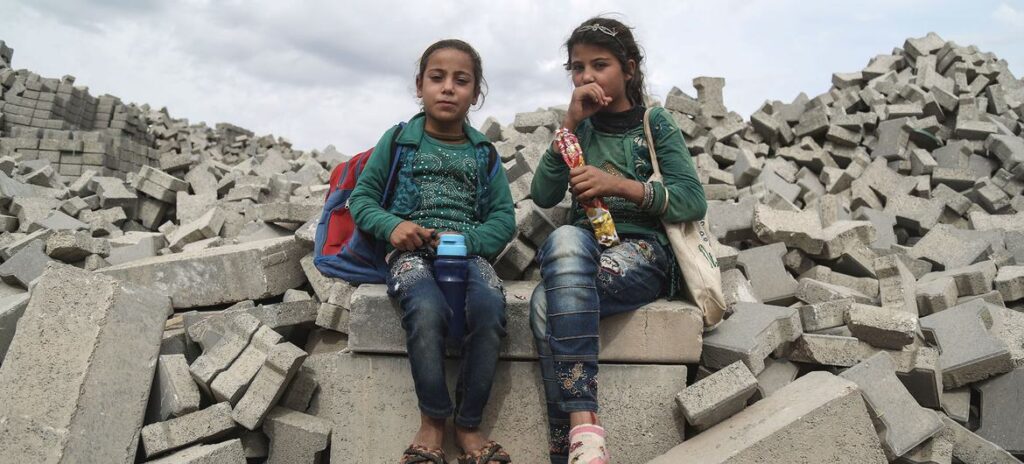The report – the first of its kind – analyzes the links between child trafficking and the six serious violations of children caught up in war. This involves recruitment and deployment, murder and mutilation, rape and other forms of sexual violence, kidnapping, attacks on schools and hospitals, and denial of humanitarian access.
It was prepared by the Office of the Special Representative of the UN Secretary-General on Children and Armed Conflict, Virginia Gamba, in close cooperation with the Special Rapporteur on trafficking in persons, especially women and children, Siobhán Mullally.
The focus was on seven countries or geographic areas – Colombia, Lake Chad basin in Africa, Libya, Myanmar, South Sudan, Syria and Ukraine – and the report makes recommendations to ensure greater protection and accountability.
Control and intimidation
“What this research shows are the ways in which child trafficking overlaps and interacts with the six serious violations while mapping legal and policy responses, which too often take place in silos,” says Ms Gamba said.
Child trafficking in armed conflict takes many forms, including sexual exploitation and slavery, child marriage, recruitment and use in combat and support roles.
It has It has long been used by warring factions to control and terrorize communities and to support and perpetuate conflict.
At the same time, serious violations are often part of the lead-up to, process or aftermath of child trafficking. For example, denying humanitarian access during wartime can make children more vulnerable to human trafficking.
Gender and cross-border dimensions
Furthermore “the The risks of child trafficking are deeply gendered,” the report said. While girls are most often targeted for sexual exploitation and child marriage, boys are more likely to be recruited into hostilities.
Child trafficking in armed conflicts can have both internal and cross-border dimensions.
For example, since the conflict broke out more than a decade ago, multiple forms and locations of child trafficking have been observed in Syria. This includes the abduction and transfer of Yazidi girls from Iraq for sexual slavery and forced marriage, while local Sunni Syrian families agreed to girls marrying ISIS members, in some cases under threat.

UN verification mission in Colombia
Children watch former fighters of the paramilitary group FARC-EP, ELN, AUC, members of the Colombian Armed Forces and victims play a friendly match in Dabeiba, Antioquia (file).
Lack of responsibility
said Mrs. Mullally The study addresses an important gap in policy and practice on the protection of children in armed conflict. She noted that limited attention has been paid to child trafficking as a protection risk, or to child trafficking prevention and accountability, as priorities for sustainable peace.
“The lack of accountability for child trafficking further contributes to ongoing cycles of impunity,” she added.
Recommendations for countries
The study includes recommendations to UN member states that the authors describe as “concrete, targeted and current”.
One recommendation calls for full application of the non-punishment principle and emphasizes that trafficked children are victims and not accomplices. Early identification of victims is therefore crucial.
Other recommendations underline the importance of countries preventing child trafficking and ensuring long-term protection for victims, including by tackling poverty and gender inequality, ensuring universal registration of all children and eradicating statelessness.







